
2 minute read
FUN FACTS ABOUT ST. PATRICK’S DAY
from March 15, 2023
by North Star
THE OFFICIAL COLOR OF ST. PATRICK’S DAY WASN’T ALWAYS GREEN
For centuries, the color blue was most closely connected with St. Patrick. St. Patrick’s blue was viewed as a symbol of Ireland, and the Irish Presidential Standard is still blue. At that time, green was thought to be unlucky. The color green was not officially associated with St. Patrick’s Day until 1798, the year of the Irish Rebellion.
Advertisement
ST. PATRICK’S REAL NAME ISN’T ACTUALLY PATRICK
According to Irish legend, St. Patrick was originally called Maewyn Succat, but after becoming a priest, he changed his name to Patricius or Patrick, which stems from the Latin term for “father figure.”
ST. PATRICK WAS ACTUALLY BORN IN BRITAIN
Historians generally think that St. Patrick, the saint of Ireland, was born in Britain close to the end of the fourth century. He was abducted by Irish raiders when he was 16 and sold as a slave to a Celtic priest in Ireland. After working as a shepherd for six years, he escaped to Britain. He later returned to Ireland after becoming a Christian missionary.
Corned Beef And Cabbage Was An American Invention
While ham and cabbage were popular in Ireland, corned beef was a cheaper alternative for impoverished immigrants. In the late 19th and early t20th centuries, Irish-Americans living in lower Manhattan slums bought corned beef from ships having returned from the tea trade in China. Now corned beef and cabbage is a staple across the country.
The Shamrock Was Considered A Sacred Plant
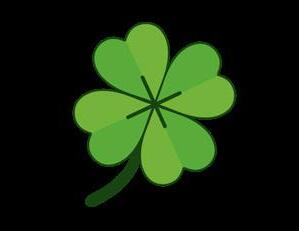
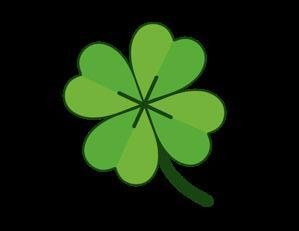






There has been an association between Ireland and the shamrock for centuries. The Celtics referred to it as “seamroy,” and it was seen as a sacred plant that signaled spring’s arrival. Legend says that St. Patrick used the plant as a visual aid whenever he described the Holy Trinity. The shamrock had become an emblem of evolving Irish nationalism ever since the 17th century.
THE FIRST ST. PATRICK’S DAY PARADE WAS HELD IN AMERICA
While people in Ireland have been celebrating St. Patrick’s Day since the 1600s, the tradition of a St. Patrick’s Day parade began in America and predates the United States’ founding. A St. Patrick’s Day parade took place on March 17, 1601, in a Spanish colony in what is currently St. Augustine, Florida, according to records. About a century later, homesick Irish soldiers who served in the English military marched in New York on March 15, 1762.
Leprechauns Are Likely Based On Celtic Fairies
The Leprechauns we know today likely stem from Celtic belief in fairies. These were tiny creatures who could use magical powers for good or evil. In folktales, leprechauns were cranky and responsible for fixing the other fairies’ shoes.
CHICAGO TURNS THEIR RIVER GREEN FOR ST. PATRICK’S DAY
As the Irish immigrated to the United States, they developed their own traditions. A big one is Chicago’s annual dyeing of the Chicago River. The city began dyeing the river green when they used dye to track illegal sewer discharges in 1962 and realized it could be a unique way to celebrate. 100 pounds of green vegetable dye was released into the river that year, which was enough to keep it green for a week. A total of 40 pounds of dye are used today. This is done to minimize environmental damage. The river turns green for a day or two rather than a week.
The Glitchy Adventures Of Jome
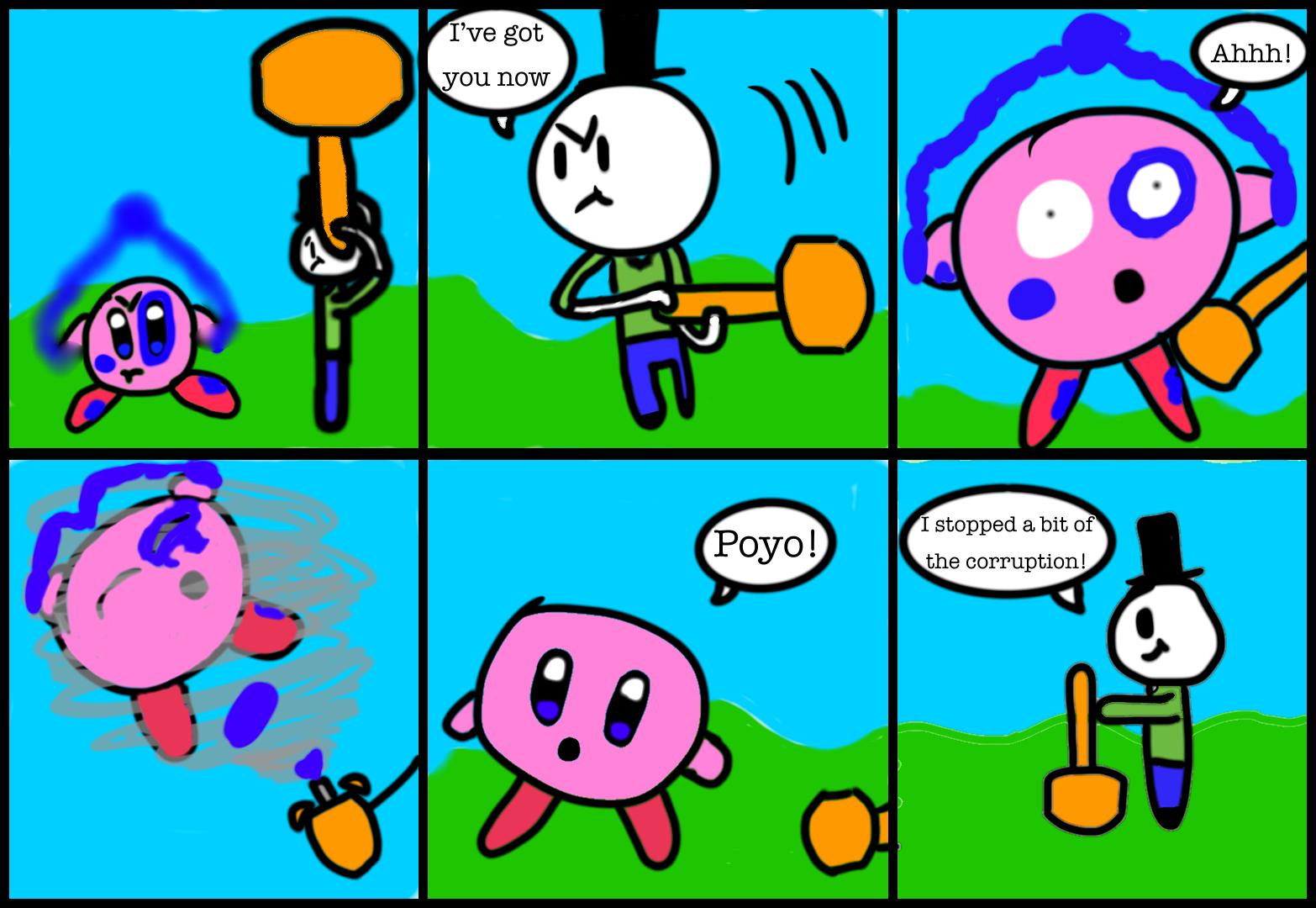
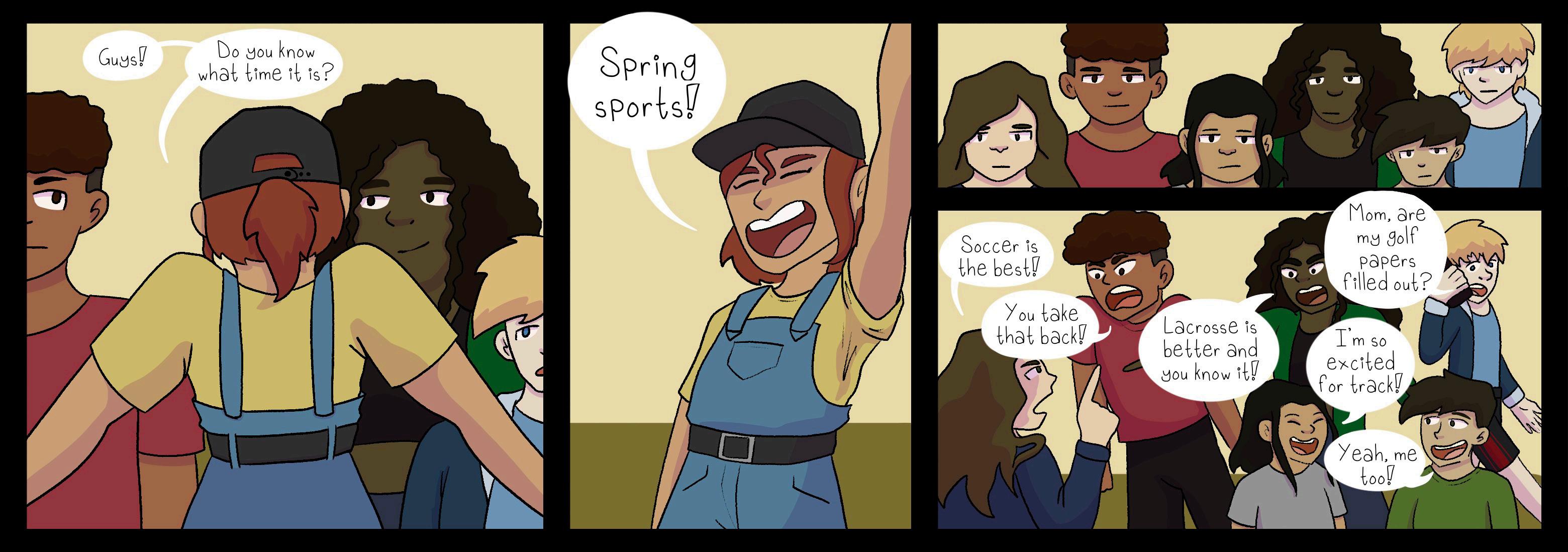
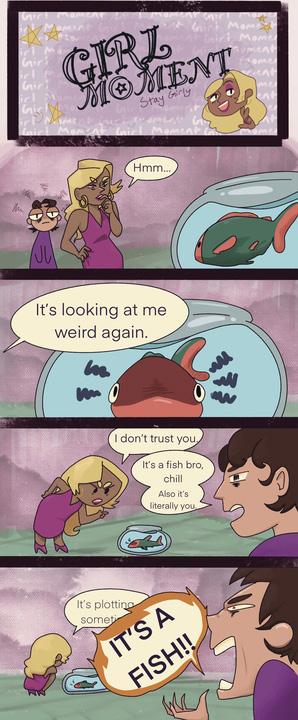
Welcome To High School











